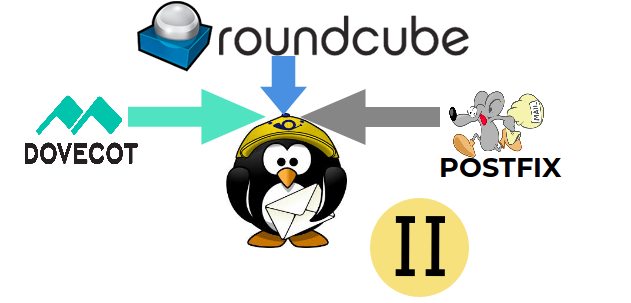Virtualisation - Creating an hypervisor - KVM
What is Virtualisation:
Virtualisation allows you to run multiple virtual machines on a single physical machine by sharing the resources in it. Virtual machines can be run in different operating systems on the same physical machine.
The Physical machine that runs multiple virtual machines is called as an hypervisor.
Hypervisor:
A hypervisor or virtual machine monitor (VMM) is a computer software, firmware or hardware that creates and runs virtual machines. A hypervisor runs one or more virtual machines is called a host machine, and each virtual machine is called a guest machine.
In this article we will be seeing how to configure a KVM Hypervisor.
KVM - Kernel Based Virtual Machines:
Kernel-based Virtual Machine is a virtualization infrastructure for the Linux kernel that turns it into an hypervisor.
KVM Installation:
Installing qemu packages,
We need to install qemu packages which provide the user-level KVM and disk image manager.
Installing Virtual platforms:
The KVM machine should be installed with some dependencies that allows to deploy virtual platform on your host.
libvirt-client provides a CL tool to administrate your virtual environment this tool called virsh.
virt-install provides the command “virt-install” to create your virtual machines from CLI.
libvirt provides the server and host side libraries for interacting with hypervisors and host systems.
In addition the following group packages to be installed, Virtualization Client, Virtualization Platform and Virtualization Tools.
The virtualization daemon libvirtd runs the virtualisation environment. To start it run the following command,
We have successfully configured an Hypervisor, Now we will see how to create and run guest machines(Virtual Machines) in our hypervisor on this articles.
Feel free to ask if you have any questions.







Comments